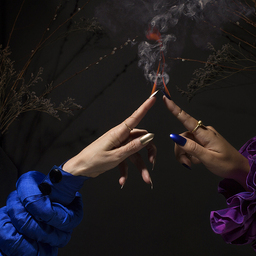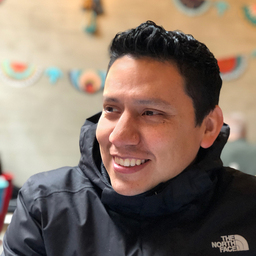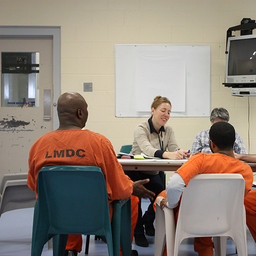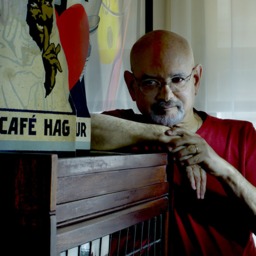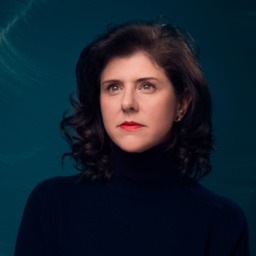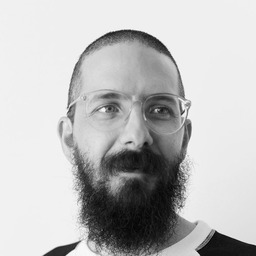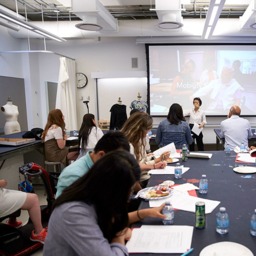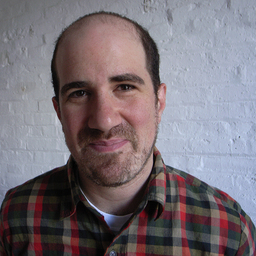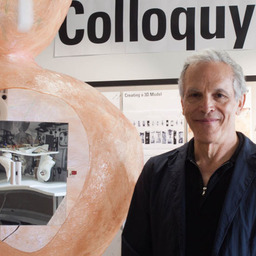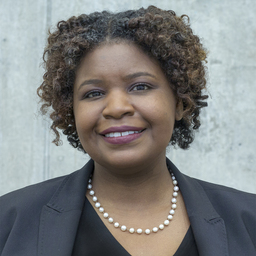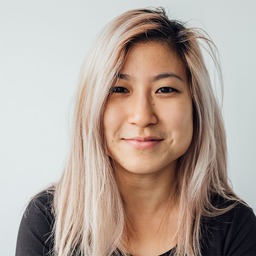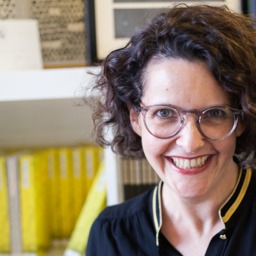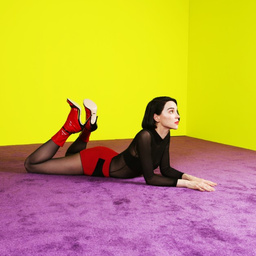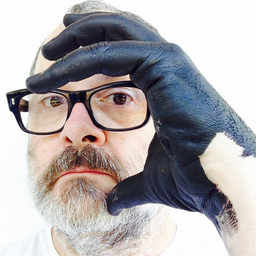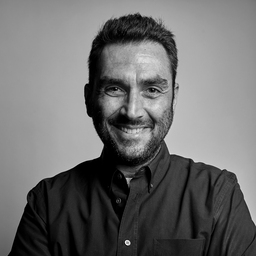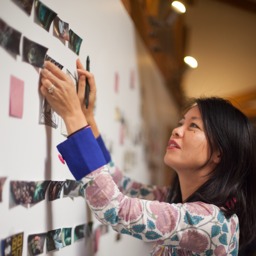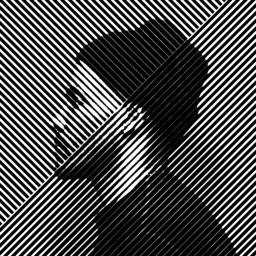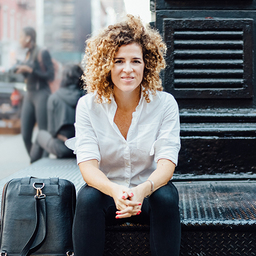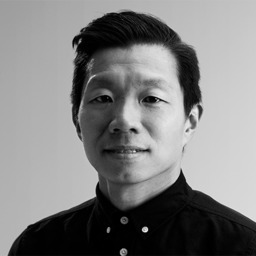Observed
At MIT on June 27—
Designing With, Not For: a conversation between Richard Perez, founding director of the Hasso Plattner School of Design Thinking at the University of Cape Town; Amy Smith, founding director of the MIT D-Lab; Surbhi Agrawal, 2022 MAD Design Fellow, urban planner, and data scientist at Sasaki; and Aditya Mehrotra, instructor of Mobiles for Development at MIT. This event is part of this year's
Design Research Society (DRS) conference, on the theme of recovery, reflection, and reimagination.
Multi-Species Worlding is an experiment, for no more than twenty people, into the felt perspective of another species, in which participants will practice
speaking as that species, and build shared worlds that serve all of life. This workshop brings together multi-species artists, architects, researchers, storytellers, communicators, educators, entrepreneurs, designers, and anyone curious about co-creating worlds where all species thrive.
Coming this fall, join a pivotal gathering of minds from Italy, Netherlands, Ireland, UK, China, Kenya, Germany, Denmark, Turkey, Brazil, Canada, Mexico, Poland, Spain, Finland, Hong Kong, and the United States for
Designing Nature and Humanity-Centered Future, at
ISMAT Portimão (in Portugal's Algarve) from 8 to 11 of October. Interested? You have until the end of July to
submit an abstract.“Must be buff, charged with the emblem of the State, a pine tree proper, in the center, and the North Star, a mullet of 5 points, in blue in the upper corner; the star to be equidistant from the hoist and the upper border of the flag, the distance from the 2 borders to the center of the star being equal to about 1/4 of the hoist, this distance and the size of the star being proportionate to the size of the flag .” The State of Maine is seeking
design ideas before voters in November determine whether to adopt a new, more distinctive flag.
Picture this: A photographer wins an AI Image competition with a real photo. "I wanted to show that nature can still beat the machine and that there is still merit in real work from real creatives,"
said Digital Artist Miles Astray before he was disqualified.
The American artist
Kehinde Wiley—whose work he describes as “shedding light on the inequities Black and Brown people face in our society,”—has been accused of sexual misconduct. Wiley has denied the charges, but
two museums have canceled upcoming exhibitions of his work.
In tandem with
this exhibition (on view through the end of January 2025), a new, five-episode podcast—hosted by British design critic and author Alice Rawsthorn—traces
the evolution of Gae Aulenti through the voices of friends, curators, and a range of international architects.
The Los Angeles Design Festival is looking for new
board members.
The Obama Foundation is looking for
a new VP of Communications.
An Idaho pub owner celebrates “
Homosexual Awesomeness Month” because “Pride is too extreme.”
SCOTUS gets it right on tribal health care: In Becerra v. San Carlos Apache Tribe,
the justices ruled that the federal government will have to pay more for health care on the reservations,
making it a ruling on sovereignty.
Something’s going on at Baraboo High School, y’all. Wisconsin?
Thoughts?Anne H. Berry, whose work focuses on representation and diversity in design as well as ethnic and racial disparities in the field, has been selected to be the next
Director of the School of Design in the College of Architecture, Design, and the Arts at UIC Chicago.Read about the
fifty people helping to shape Chicago. (
Gensler's Andre Brumfield leads the charge!)
You need a
Wall Street Journal digital subscription to view this in its entirety, but the story needs to be shared whether you read it or not: high-profile school shootings, and the fear they spread, are shaping
how architects design the modern American school.
Anna Gerber and
Anna Holsgrove's
Hurry Up, We're Dreaming is a new quarterly magazine focused on the relationship between technology and an unlikely trio of influences: ancient wisdom, spiritual practices, and natural intelligence. Their first issue is expected later this summer.
Grace Jun's new book on adaptive, wearable design—
Fashion, Disability, and Co-design—is, in her own words, “a practical book on the intricacies of design with examples of the many ways people can collaboratively work together”. Jun will be speaking on May 31st at Rizzoli Bookstore at 6pm in New York City. (
She was our guest on The Design of Business | The Business of Design back in season two.)
At the
Business Design Centre in London,
New Designers—now in its 39th year—brings together a whopping 3,000 design graduates every year from over 100 universities. The first week (26–29 June) highlights fashion and costume, contemporary design crafts, textiles, ceramics, glass, jewelry, and precious metalwork. The second week (3–6 July 2024) showcases furniture, product design, industrial design, spatial design, graphic design, illustration, animation, motion art, digital art, and game design.
In a shocking announcement this morning, The University of the Arts in Philadelphia
announces it will cease operations effective on June 7, 2024.
In partnership with the IKEA Foundation,
What Design Can Do supports creative climate solutions aimed at fostering a more circular society. The winning projects in their latest challenge—
Redesign Everything–include approaches such as bio-cement reef structures that mimic oyster reefs, bead alternatives designed to eliminate microplastics, and the use of agro-industrial fruit waste to create sustainable biomaterials.
Can you taste design? Designer, researcher, and author of
Why Fonts Matter Sarah Hyndman has been conducting “
typosensory research” experiments into how our senses “sway our perception.”
A Banksy museum…
with no Banksys?Three Black men are suing American Airlines
for racial discrimination, alleging all Black male passengers — none of whom were traveling together — were removed from their departing flight "because a white male flight attendant had complained about an unidentified passenger's body odor.” In 2017, the
NAACP issued a travel advisory warning Black travelers that the airline had a “corporate culture of racial insensitivity and possible racial bias.” The
advisory was lifted in 2018.
How do you know it’s racist if you didn’t watch it? This was largely the response from the three judges on the 7th U.S. Circuit Court of Appeals panel,
who appeared unmoved by the accusation of a white former manager that his employer, Honeywell International, had fired him for refusing to attend a brief training session on unconscious bias. “It would be very different if your client had watched it and came in and said, ‘I found it discriminatory for the following reasons,’” Circuit Judge Amy St. Eve said to plaintiff Charles Vavra’s lawyer. Vavra
sued Honeywell in 2021.
The
not-so-quiet panic from climate scientists.
Donald Trump has been framing Chinese immigrants as mostly “military-age” men, here to stir trouble from within. “And it sounds like to me, are they trying to build a little army in our country? Is that what they’re trying to do?” he said in a campaign stop last month. But one immigrant who traveled through Ecuador to the U.S. border
told the AP that it’s not true. “It is impossible that they would walk on foot for over one month” to organize an attack, he said. “We came here to make money.” Another, who hopes to make enough to bring his wife and children, said, “This trip is deadly. People die. The trip isn’t suitable for women — it’s not suitable for anyone.”
“You need to kick that f***ing door down!”
Vice President Kamala Harris was the guest of honor at an AAPI Heritage Month event this week and encouraged attendees to break through the barriers they still face. “We have to know that sometimes, people will open the door for you and leave it open, sometimes they won't. And then you need to kick that f***ing door down," as the audience cheered. "Excuse my language," she laughed.
This is why we can’t have nice things.
An art installation project called the Dublin Portal experience, a 24/7 live cam and screen offering a real-time link between Dublin and New York City,
is being ruined by “a small minority of people” doing “inappropriate things.”
More than 100 high-profile French art world figures have
signed an open letter supporting the Palais de Tokyo in Paris
after longtime patron Sandra Hegedüs withdrew her funding, saying, “I don’t want to be associated with the new, very political direction at the Palais de Tokyo...dictated by the defence of wokeism, anti-capitalism, pro-Palestine, etc.’” At issue was the show
Past Disquiet, which focuses on four “museums in exile” and is constructed as a touring exhibit. From the response to Hegedüs: “These words and these methods, using a popular tribunal on social networks… are dangerous for the art world, for artists and for the freedom of institutions, as well as for our democracy.”
The pageant system is a toxic workplace,
according to Miss USA Noelia Voigt and Miss Teen USA UmaSofia Srivastava,
who announced their resignations last week. Srivastava said her "personal values no longer fully align with the direction of the organization," and Voigt cited mental health reasons in a statement, then later accused the Miss America Organization of providing "a toxic work environment ... that, at best, is poor management and, at worst, is bullying and harassment." Miss Colorado Arianna Lemus
resigned in solidarity on Friday, writing that Voigt and Srivastava's "voices have been stifled by the constraints of a contract that undermines their rights and dignity.”
